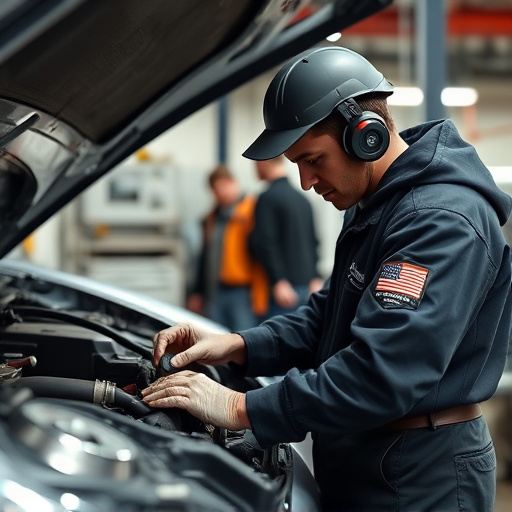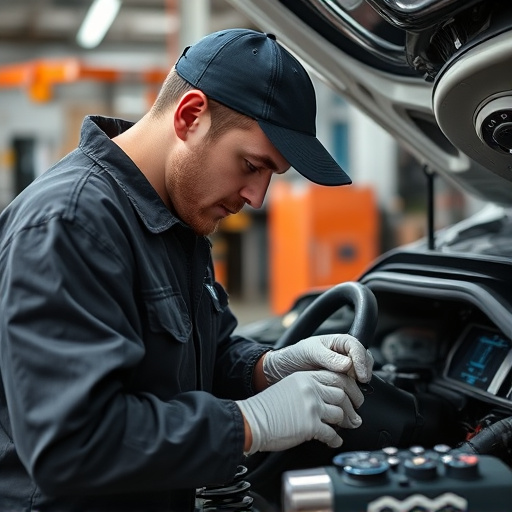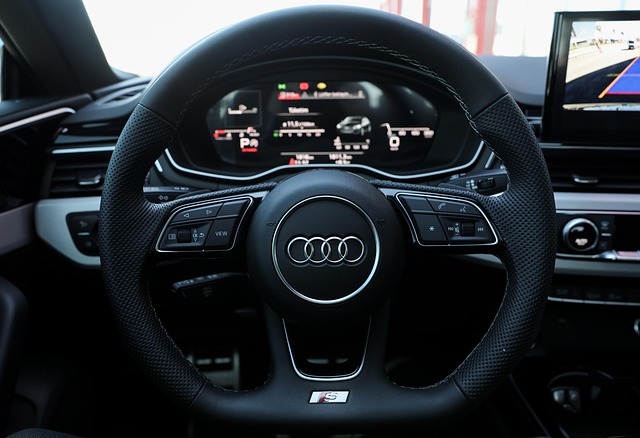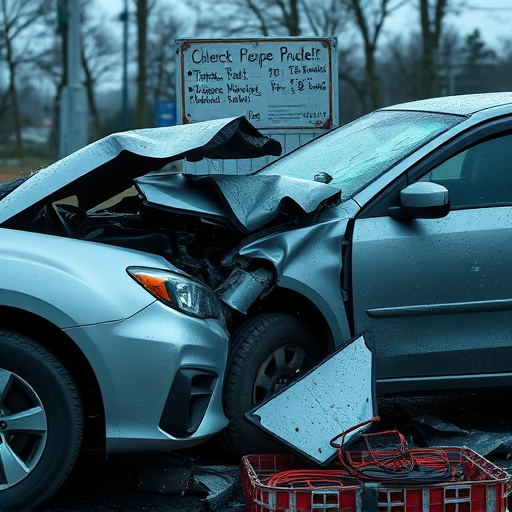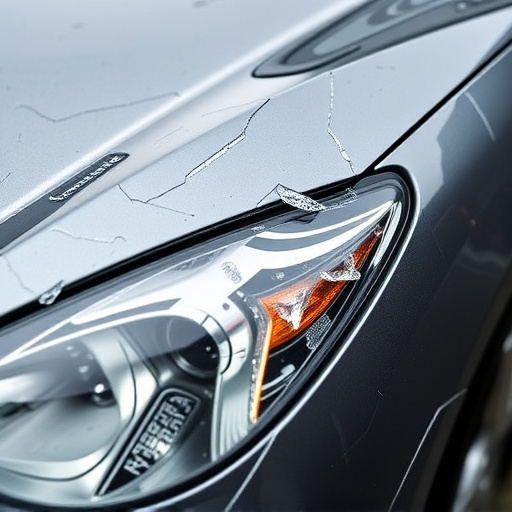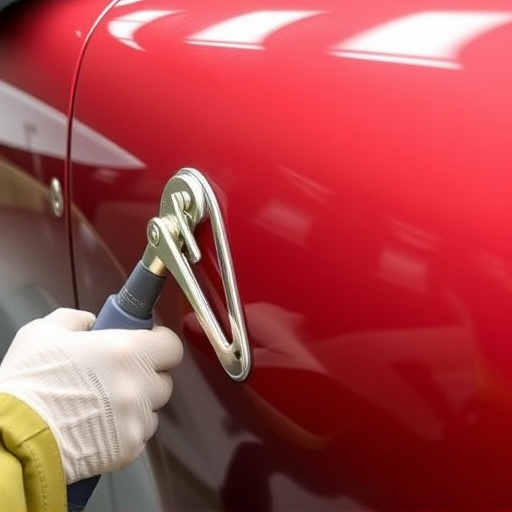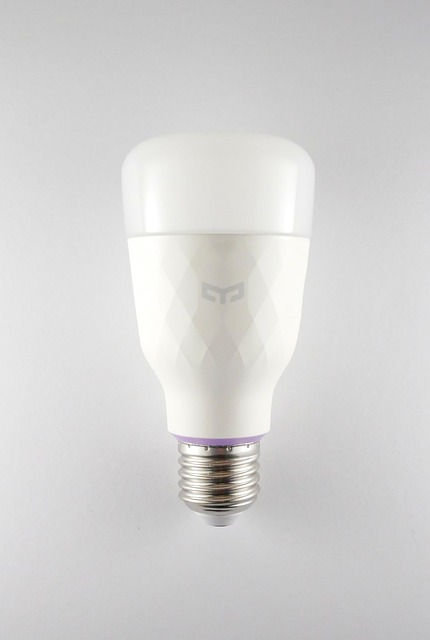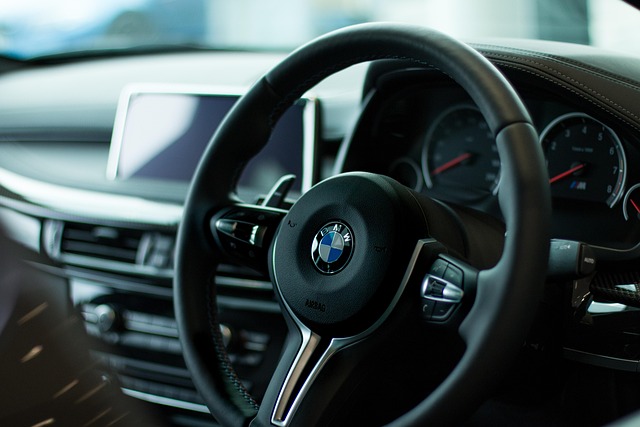TL;DR: Understanding customer needs is vital for enhancing dashboard repair collision services. By actively listening to client feedback, businesses can pinpoint issues like long wait times and subpar finishes. Integrating this insight drives operational streamlining, improves quality control, and bolsters customer service. Feedback-driven changes, such as faster turnaround times, boost customer satisfaction and loyalty, positioning the business as a top car damage repair facility. This game-changer approach involves collecting and acting upon customer insights to refine services, achieve efficiency, maintain high standards, and foster positive reputation in a competitive market. Measuring success through clear goals like reduced repair time or higher customer satisfaction ensures continuous improvement.
In the competitive automotive industry, customer satisfaction is paramount, especially for dashboard repair collision services. This article explores how businesses can leverage customer feedback to enhance their collision repair processes. By understanding client needs and pain points in dashboard repair, companies can integrate this insight into their operations, leading to improved service quality. We’ll discuss strategies for measuring success and fostering a culture of continuous improvement, ensuring your dashboard repair collision services stay ahead in the market.
- Understanding Customer Needs and Pain Points in Dashboard Repair
- Integrating Feedback into Collision Service Processes
- Measuring Success and Continuous Improvement Strategies
Understanding Customer Needs and Pain Points in Dashboard Repair

Understanding customer needs and pain points is paramount when it comes to enhancing dashboard repair collision services. By actively listening to client feedback, businesses can uncover the specific challenges and expectations associated with car paint repair and other related services. Many customers, for instance, express frustration over lengthy wait times at collision repair centers, emphasizing the need for more efficient processes. Some also highlight invisible repairs or subpar finishes as issues that diminish their overall satisfaction.
This insight into consumer experiences allows dashboard repair businesses to streamline operations, improve quality control, and enhance customer service. Incorporating feedback-driven changes, such as implementing faster turnaround times, ensures that customers perceive the service as reliable and responsive. As a result, these collision repair centers can foster stronger relationships with their clientele, encouraging repeat business and positive word-of-mouth referrals, ultimately solidifying their reputation in the market as top-tier car damage repair facilities.
Integrating Feedback into Collision Service Processes
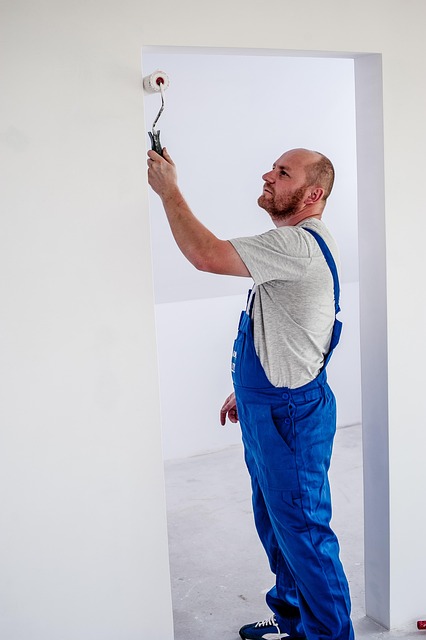
Integrating customer feedback into dashboard repair collision services is a game-changer for any automotive business aiming to excel in vehicle body repair. By actively listening to and acting upon insights from customers, businesses can significantly enhance their processes. This involves implementing systems to collect and analyze feedback, ensuring every piece of information is valuable. For instance, post-repair reviews can highlight areas for improvement, such as streamlining the estimate process or enhancing communication during repairs.
Incorporating this feedback allows collision centers to refine their services, offering more efficient automotive collision repair while maintaining high standards. Additionally, focusing on customer satisfaction through improved dashboard repair processes can lead to better retention and referrals, fostering a positive reputation in the competitive market for paintless dent repair.
Measuring Success and Continuous Improvement Strategies
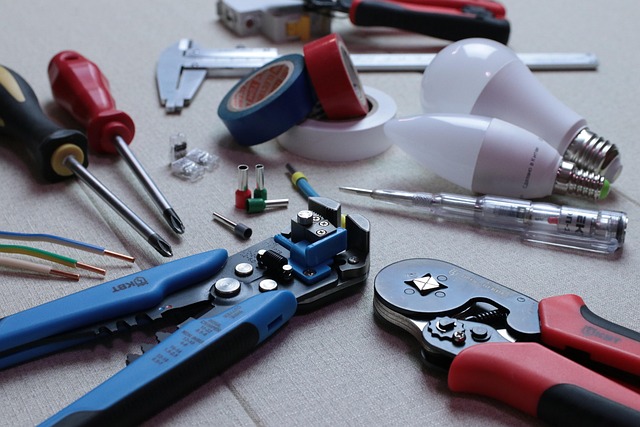
Measuring success is a vital component of any improvement strategy, especially within dashboard repair collision services. By setting clear and quantifiable goals, such as reducing repair time or increasing customer satisfaction ratings, businesses can objectively assess their progress. This data-driven approach allows for continuous refinement, ensuring that services evolve to meet the changing needs of customers availing themselves of paintless dent repair, vehicle repair services, or car damage repair.
Implementing strategies like regular quality checks and employee training sessions can further enhance these efforts. Continuous improvement is an ongoing process that necessitates adaptability and a willingness to embrace change. Embracing customer feedback as a tool for innovation fosters a culture where every interaction is an opportunity to refine and perfect dashboard repair collision services, ultimately leading to superior outcomes for both businesses and their clients.
By actively listening to customer feedback, dashboard repair collision services can significantly enhance their operations. Understanding pain points and incorporating this input into service processes ensures a more satisfying experience for clients. Continuous improvement strategies, driven by measured success, allow these businesses to stay competitive in the market. This iterative process not only improves the quality of dashboard repair but also fosters stronger customer relationships.
